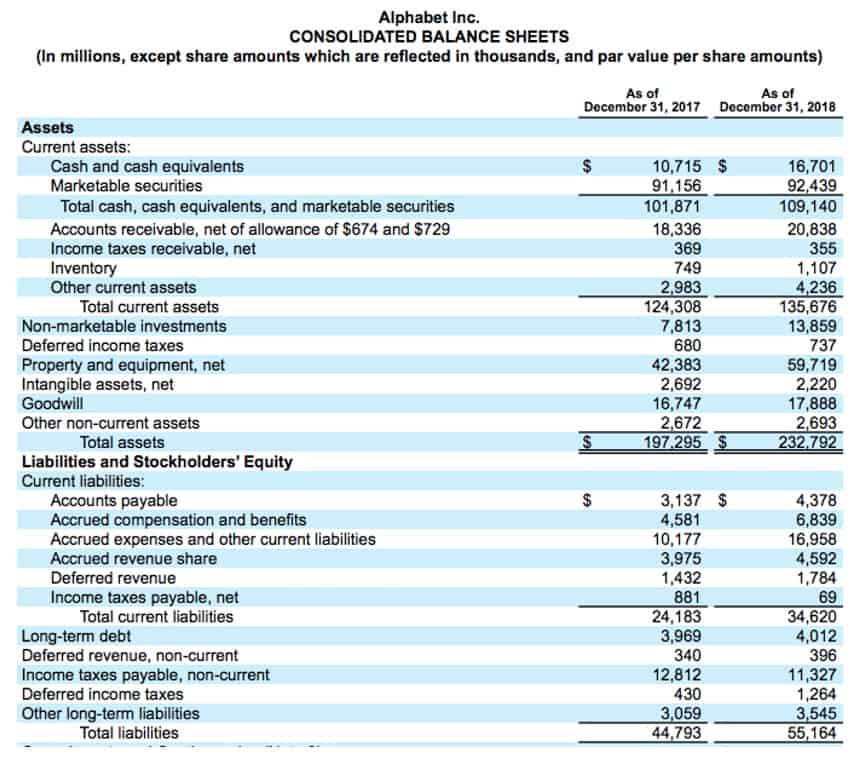
For example, because interest payments on certain debts are a tax-deductible expense, taking on qualifying debts can act as tax shields. Tax-efficient investment strategies are cornerstones of investing tax shield accounting for high net-worth individuals and corporations, whose annual tax bills can be very high. A Tax Shield is an allowable deduction from taxable income that results in a reduction of taxes owed.
Types of Tax Shields
The concept was originally added to the methodology proposed by Franco Modigliani and Merton Miller for the calculation of the weighted average cost of capital of a corporation. For example, if you have a tax rate of 24 percent and you have $2,000 in mortgage interest, you can determine that your tax shield would be $480. On the other hand, Company B’s taxable income becomes $31m after deducting the $4m in interest expense. Note that the following formula above is only applicable for companies that are profitable at the taxable income line. The reasoning is that even though we forfeit the $100,000 tax benefit, we gain back the $500,000 in interest expenses (since we are not obliged to pay it out anymore). The depreciation must be connected to an asset utilized in a business or an income-generating activity and has an anticipated lifespan of more than one year to be eligible.
Corporate Tax Shield: Finance Explained
The formula to calculate the interest tax shield multiplies the interest expense by the tax rate. The value of a tax shield can be calculated as the total amount of the taxable interest expense multiplied by the tax rate. Taxpayers can deduct medical and dental costs that exceed 7.5% of adjusted gross income.
What Is the Formula for Calculating Tax Shield?
This decision must be weighed against the long-term value and cost savings that owning an asset might provide, including the depreciation tax shield benefits. Tax shields can increase a company’s cash flows and have a positive impact on its valuation. Specifically, tax shields like depreciation and interest expenses reduce taxable income, lowering taxes owed.
Medical Costs
Keep reading to learn all about a tax shield, how to calculate it depending on your effective tax rate, and a few examples. Suppose the corporate tax rate is 21.0% and a company incurred $1 million of interest expense for the given period. But since the WACC already factors this in, the calculation of unlevered free cash flow does NOT account for these tax savings – otherwise, you’d be double-counting the benefit. Get instant access to lessons taught by experienced private equity pros and bulge bracket investment bankers including financial statement modeling, DCF, M&A, LBO, Comps and Excel Modeling. Deductions for mortgage interest, charity donations, medical costs, and depreciation are a few examples. Depending on the particulars, the deductible amount might reach as much as sixty percent of the taxpayer’s adjusted gross income.

The Units of Production method ties the depreciation expense to the actual usage of the asset. Lastly, the Sum-of-the-Years’-Digits method is a more complex form of accelerated depreciation that https://www.bookstime.com/ combines elements of both the straight-line and declining balance methods. The choice of depreciation method can significantly affect a company’s financial statements and tax obligations.
- The tax shield for debt financing refers to the tax savings a company can receive from the tax deductibility of interest expenses.
- Therefore, if your tax rate is 20 percent and you have $2,000 in mortgage interest, your tax shield will be $400.
- Generally, corporations that don’t consider tax shields in their planning process are not able to make good savings as far as taxable income is concerned.
- The tax shield strategy can be used to increase the value of a business, since it reduces the tax liability that would otherwise reduce the value of the entity’s assets.
- Tax shields can vary slightly depending on where you’re located, as some countries have different rules.
- The IRS allows you to reduce your taxable income by a specific dollar amount—called a standard deduction.

Because depreciation expense is treated as a non-cash add-back, it is added back to net income on the cash flow statement (CFS). The ability to use a home mortgage as a tax shield is a major benefit for many middle-class people whose homes are major components of their net worth. It also provides incentives to those interested in purchasing a home by providing a specific tax benefit to the borrower. For example, if you had medical expenses of $15,000 and your income was $50,000, you could deduct the expense, and you would be taxed on only $35,000 of your income. If you don’t report every element of your income—including bonuses paid by your employer and tips—then you are guilty of tax evasion. If you deliberately claim specific tax credits that you’re not eligible for, then you are committing tax fraud.

Explore how depreciation tax shields can enhance your financial strategy and asset management for tax efficiency and savings. A tax shield is a fully legal strategy that taxpayers can use to reduce their tax burden and should not be confused with tax evasion. Tax evasion, also known as tax fraud, is the illegal and intentional failure to pay the full tax balance owed to the U.S. government.
Tax Shields for Depreciation
- Therefore, you might conclude that taking on debt has a tax benefit as the interest may be deducted from your income.
- We work diligently to devise tax saving strategies tailored to each client’s unique needs – from small to mid-sized businesses to individuals who need tax and estate planning.
- Financial planners use the tax shield as a lever to manage a company’s tax burden, thereby freeing up capital that can be reinvested into the business.
- Anyone planning to use the depreciation tax shield should consider the use of accelerated depreciation.
- The intuition here is that the company has an $800,000 reduction in taxable income since the interest expense is deductible.
A tax shield is a reduction in taxable income by claiming allowable deductions. The initial cost of the asset establishes the base for depreciation calculations. The salvage value, the estimated residual value of the asset at the end of its useful life, is subtracted from the initial cost to determine the total amount that will be depreciated.
Depreciation tax shield definition
There is a real-time value of money saved since tax is a cash charge, but depreciation is a non-cash expense. Companies often aim to maximize depreciation charges as fast as possible on their tax filings since depreciation expense is deductible. Large net worth individuals and companies, whose annual tax bills might be quite high, place a premium on investing in tax-efficient investment techniques. A government or other authority demanding a charge from individuals and businesses is known as taxation. Unlike other payments, the charge is compulsory and unrelated to any particular services that have been or will be rendered.
